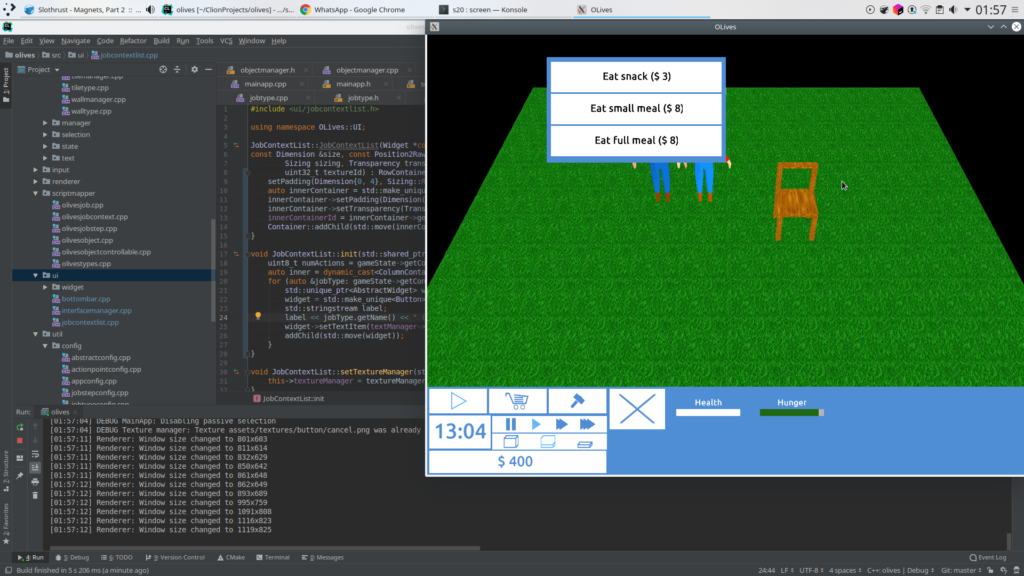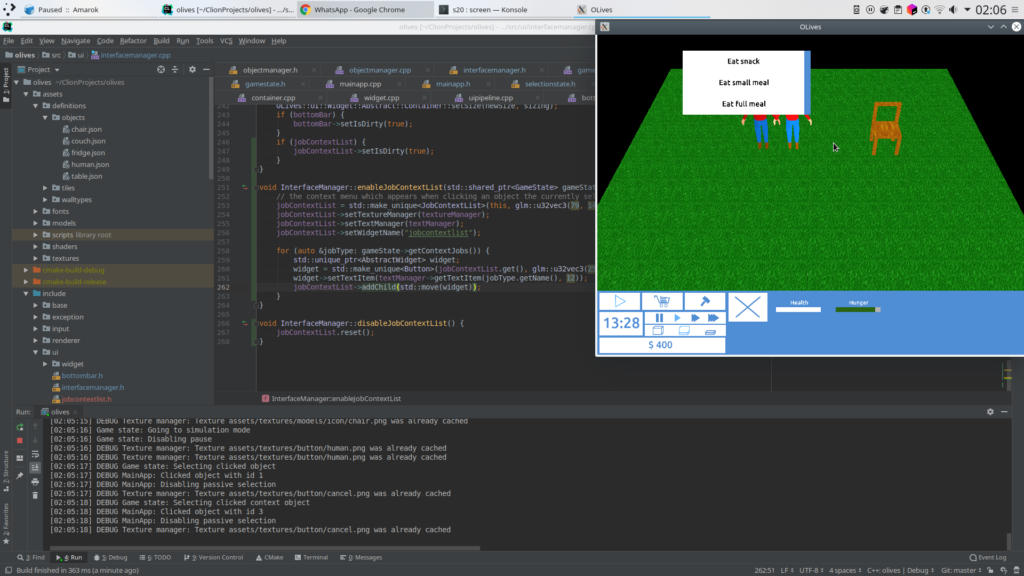– Pass on the game state to the respective tick functions as it is needed
– Make some functions static that can be static
– Some IDE warnings fixed
– Add function to get the possible action points of an object
This finishes of both the implementation of the refactor of the path finding as well as the usage of the action points.




